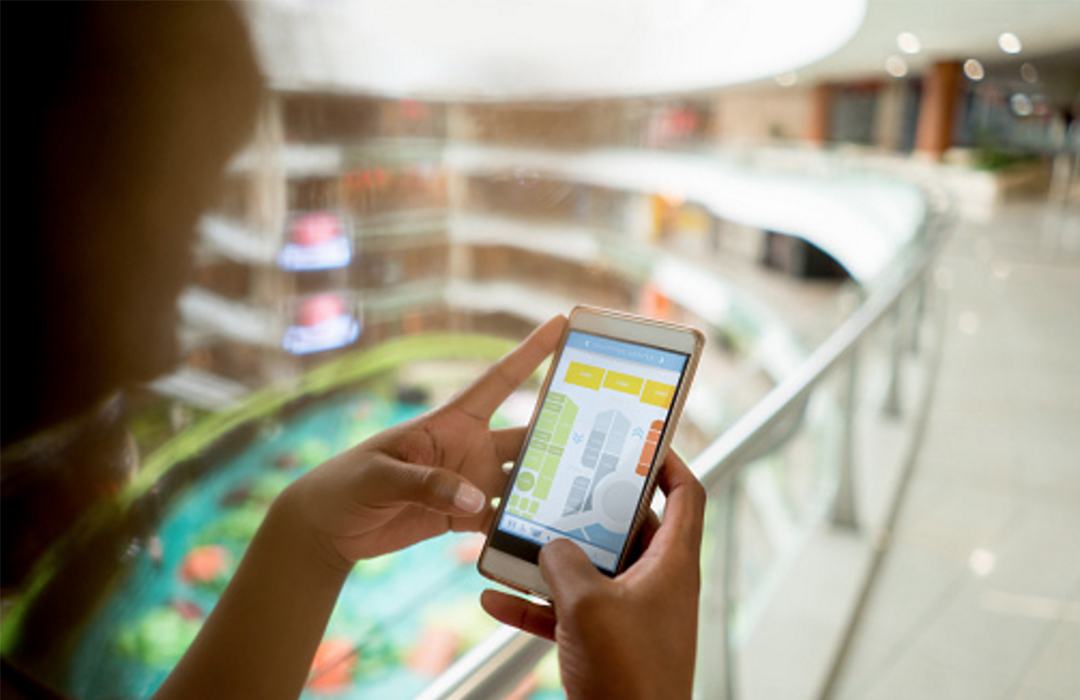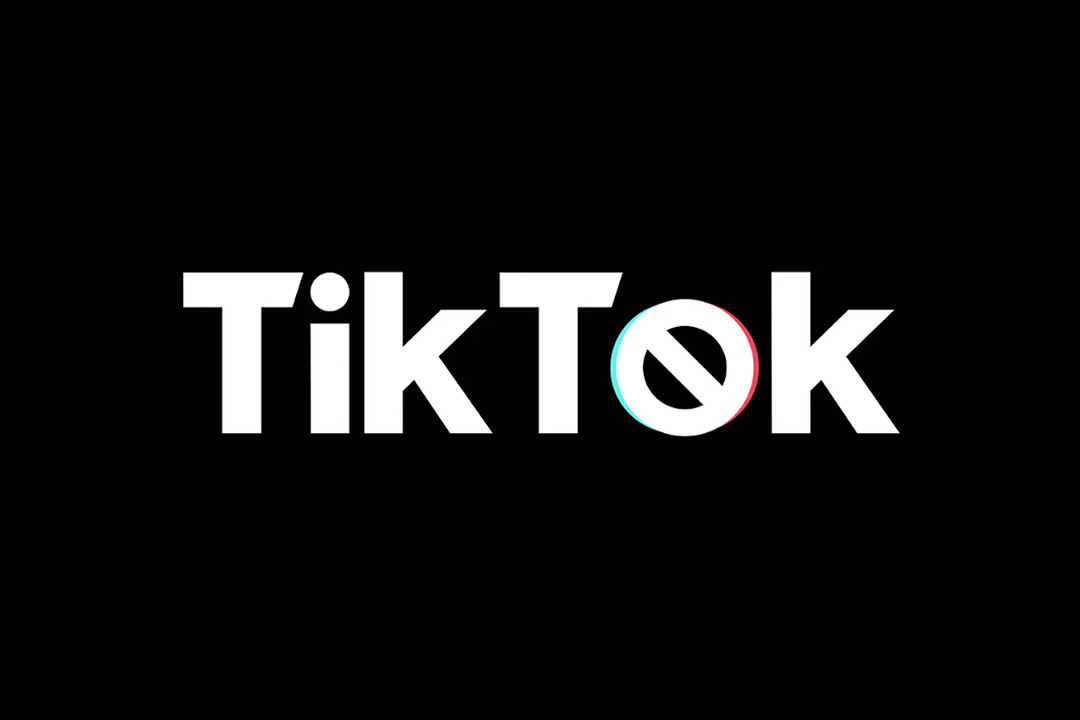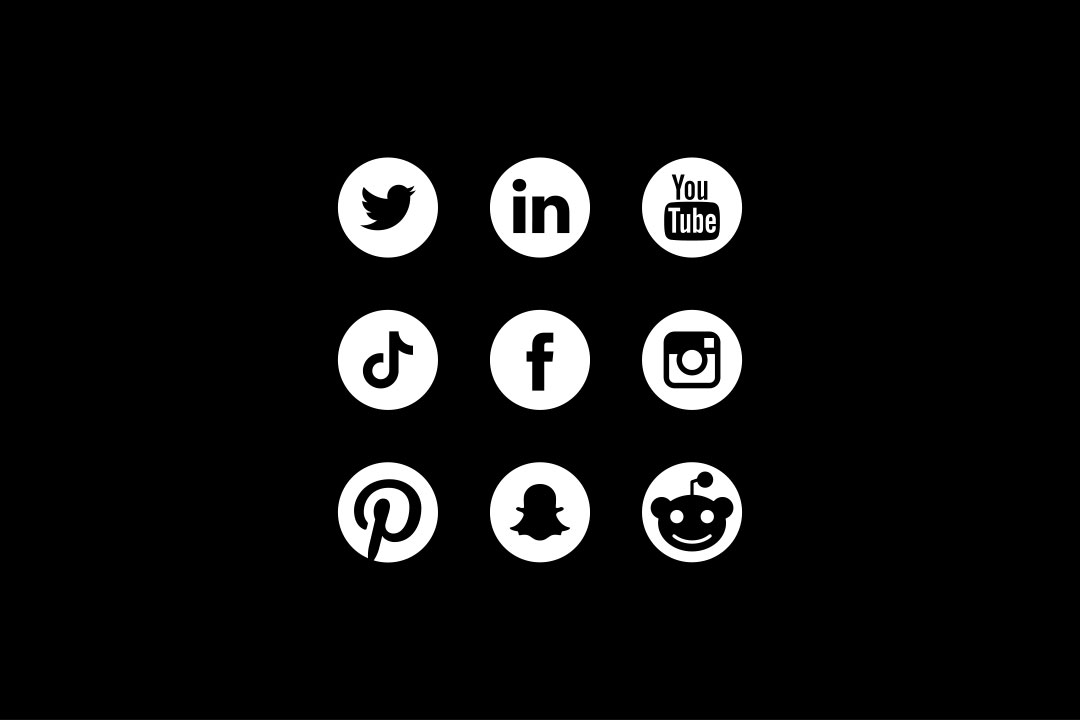The popularity of mobile advertising has increased as brands have harnessed the effectiveness of location-based technology. Before this innovation, mobile ads and messaging functioned as if they were on a desktop platform. They utilized banners, overlays and pre-roll videos that targeted a specific demographic based on tracking measures. Although the messaging may have resonated with the viewer and created awareness, it was not within moments of making a stop or purchase decision. Thanks to location-based apps, the way we shop and awareness of brand activity has changed dramatically. They provide a message that just might resonate, based on interests, preferences and apps we use regularly on devices we can’t live without.
In a cluttered marketplace where multiple advertisers are vying for attention, location-based advertising through mobile provides a relevant message that offers value, gives specific directions to obtain it and is convenient for the user. This is based on proximity to the store’s location through geo-fencing, where consumers within a set mile radius of a location are served. This is a breakthrough for the industry. In January 2016, an IAB study concluded that 66% of marketers believed location-based advertising was the most exciting mobile opportunity in 2016.
The most effective mobile ads in this context are those that provide a specific offer that will likely propel the viewer to take action. Generic messaging creates awareness, just as traditional advertising does, but a substantial offer increases follow-through in that specific moment. This is due to the position they are in to make a direct decision.
The initial hiccups of early location-based campaigns have paved the way for formulation of better targeting tactics. Early days saw advertisers starting with a broad targeting strategy. As the ability to narrow this focus down to those more likely to act, ROI and click-thru rates have inevitably increased.
One such campaign that we executed on behalf of Wendy’s is on the Waze platform, which bills itself as the world’s largest community-based traffic and navigation app. A location such as Philadelphia, where this campaign is live, has over 450,000 people who use the app. On average, the app is opened 13.9 times a month, equaling 9 hours of usage while driving. With so many smart phone users launching these types of apps that utilize location-based technology, there are plenty of opportunities for advertisers to reach their audience. When a “Wazer,” as the company calls them, drives near a store location, a brand logo will appear. This then gives the user the ability to click on the logo for more information and directions. As noted earlier, having a valuable offer will increase the amount of clicks that ultimately end with a transaction.
For Wendy’s, we took two approaches, which both resonated well with the audience. A great offer already available in the store, like the $1.99 Baconator Fries, and an offer exclusively on the platform such as “buy any premium salad get a free small green tea or bottled water.” It‘s actually surprising to see how many brands still use generic messaging, when prime opportunities exist to provide a value proposition.
A brand can really stand out from the competition with a strong offer. When messaging speaks to a user’s value, then creative material uses the copy ”free,” or to a lesser extent a strong value price-point, will stay top-of-mind with consumers. Ultimately, hoping to inspire them to re-route to the nearest Wendy’s location to capitalize on the offer.
During the course of this eight-week flight that began in August and ended in September, the campaign generated 9.6K clicks, totaling over 4,000 navigations to Wendy’s. The navigation rates were high, topping the QSR category benchmark. Most importantly, navigation rates reflected trips to the nearest Wendy’s location that appeared on the user’s mobile device. Awareness of an offer or nearby Wendy’s location has been generated, but action, with the option to navigate to the restaurant, simultaneously demonstrates the effectiveness of location-based mobile advertising.
So path-to-purchase options have changed dramatically, but how about the actual store experience?
Advertisers can now target customers while they are inside, as mobile devices become integral not just to someone’s social, personal or work life, but to their shopping experience. Customers are starting to use it as method of payment, and some retailers have done away with the traditional cash register, completing transactions on iPads or similar devices. Brands have created apps that enhance the customer experience by encouraging shoppers to share what they are doing and where they are, giving them coupons and discounts in return. In addition, they have built digital maps that navigate through the store and show price points, and allow loyalty members to pre-order food or beverages in order to skip lines. The brick and mortar store experience is no longer contained in four walls, just as TV is no longer watched in just a family room. Mobile technology has now made shopping an interactive experience.
Looking at where mobile was a few years ago in relation to brands and advertising, we have come a long way, but can go even further. As recent as 2013, several major brands and retailers didn’t even have a mobile website, let alone a specific app or presence on a traffic-based app. We are starting to see effective mobile advertising because brands now understand how it drives transactions in real-time, and they are allocating more dollars to this medium. Not only can brands create awareness in the traditional sense, but now they can deliver conveniently close to their locations, or while the consumer is in the store. It’s up to agencies and advertisers to stay on top of this technology, to utilize it in their own lives to understand the possibilities, and to think of innovative ideas through it, ultimately having a profound effect on the bottom line.
Interested in learning about how you can integrate this cutting-edge technology into your business? Connect with us at Ron Foth to learn more!




